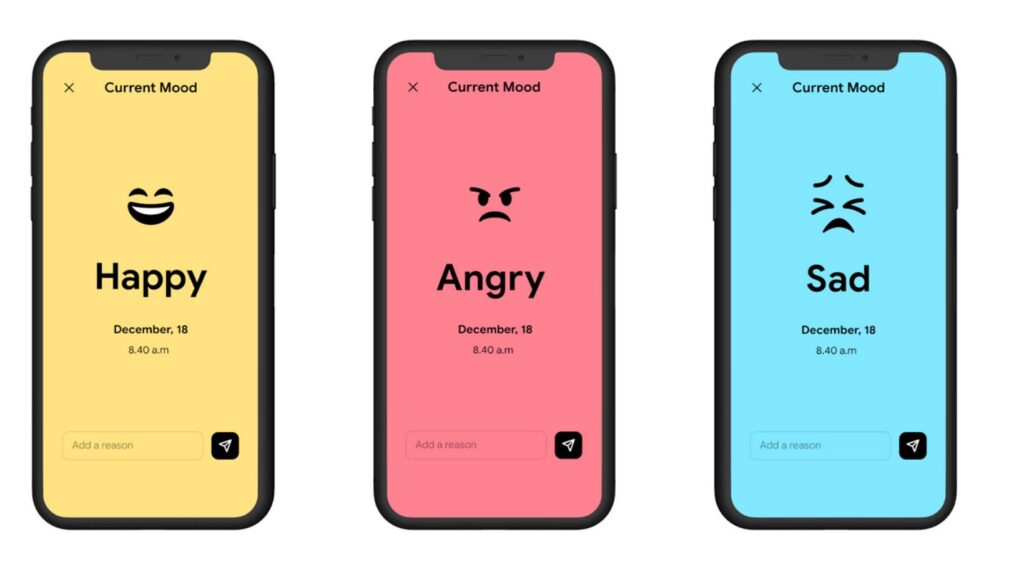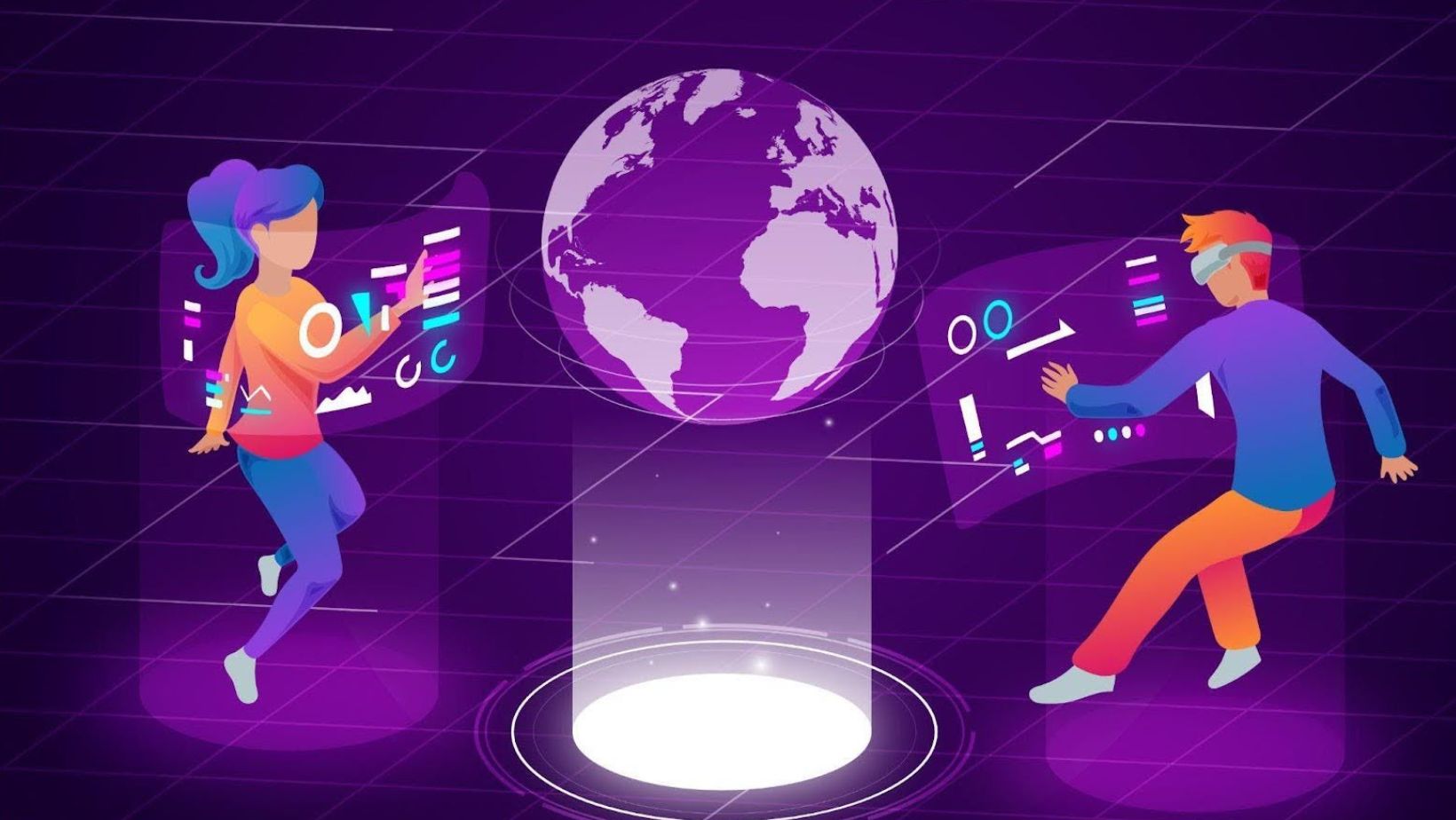In the digital world, traditional icons, points, and leaderboards are no longer enough. Modern gamified products increasingly appeal not to logic, but to emotions. In this article, we’ll explore how emotional UX becomes the key to deep user engagement.
Table of Contents
ToggleFrom Game Mechanics to Emotional Mechanics
Traditional gamification has long relied on fairly simple tools: achievement badges, leaderboards, experience points, and other external rewards. This approach worked – at least for a while. Such mechanics encouraged activity but often led to shallow engagement that quickly faded after the initial wave of interest. Today, many companies are beginning to realize that this is no longer enough. Metrics like the number of clicks, likes, or time spent in an app don’t reflect the true value of a user’s interaction with a product. Instead of chasing quantity, brands are shifting toward a deeper level – emotional engagement. At the heart of this approach is the human being, along with their feelings, expectations, and need for genuine connection. Modern digital products no longer just reward activity – they foster a sense of support, importance, and closeness. That’s why the focus today is not just on reactions to actions, but on building relationships. Products that can evoke emotion not only hold attention more effectively, but also build trust, loyalty, and long-term value. For example, the platform https://onlymonster.ai/ is a tool designed for creators and agencies. It doesn’t just automate communication – it analyzes fan behavior, detects emotional signals using AI, and enables personalized, moment-driven sales based on mood and timing.What Is Emotional UX?
Emotional UX is an approach to user experience design that prioritizes not external rewards, but the user’s internal emotional states. It focuses on creating interfaces and interactions that evoke feelings of closeness, significance, and engagement on a deeper, more personal level. Instead of simply motivating users with points or badges, emotional UX addresses their fundamental psychological needs. One of the primary emotional drivers is the desire to be seen. Users want to feel noticed, heard, and valued. Another key factor is the need to belong – people seek communities where they can feel part of something greater. Recognition and attention are also crucial motivators. That’s why personal messages, responses to user actions, and individualized thank-yous are so effective. Curiosity, anticipation, and even a touch of intimacy, when the interface speaks the user’s language – are equally important. Emotional UX isn’t about extra incentives; it’s the foundation of meaningful interaction with a product.Case Study Zone: Where Emotional UX Drives Engagement
Platforms for creators, such as OnlyFans and Patreon, clearly illustrate the power of emotional UX. Their key strength lies not only in unique content, but also in elements of teasing, exclusivity, and parasocial relationships. Users aren’t just paying for photos or videos – they’re paying for the feeling of personal connection with the creator. In this case, scarcity isn’t tied to products, but to emotional access: the opportunity to receive a personal reply or share an exclusive moment becomes more valuable than any material reward. In the world of Community SaaS and EdTech, platforms actively use emotional encouragement, personalized feedback, and ongoing support. Meanwhile, in the dating and social media space, emotional loops play a crucial role – push notifications like “someone liked you” or “someone’s thinking about you” help maintain a warm, daily connection with the user.
In the world of Community SaaS and EdTech, platforms actively use emotional encouragement, personalized feedback, and ongoing support. Meanwhile, in the dating and social media space, emotional loops play a crucial role – push notifications like “someone liked you” or “someone’s thinking about you” help maintain a warm, daily connection with the user.
Why Emotional UX Works Better for the Long Game
Many gamified systems still rely on the dopamine model – quick rewards, bursts of pleasure, and short-term excitement. However, over time, this approach loses its effectiveness: users become fatigued, motivation drops, and the perceived value diminishes. In contrast, emotional UX is based on an entirely different principle – oxytocin, the hormone of trust and emotional bonding. When a product builds an emotional connection with the user, it becomes more than just a functional tool – it becomes part of a personal story. This kind of experience fosters deeper engagement, strengthens the sense of belonging, and reinforces identity: “Oh, this is about me,” or “They get me here.” As a result, customer lifetime value increases – not because of utility, but because of emotion. Even simple digital rewards, such as messages or reactions, carry more weight when delivered with emotional context. For instance, a notification that feels personal, has a warm tone, and arrives at just the right moment will provoke a much stronger response than a generic, automated message with a basic badge.How to Integrate Emotional UX into Gamified Systems
To create truly effective gamification, it’s important to move beyond the logic of “complete a task – get a reward” and instead focus on designing emotional journeys and meaningful moments. Rather than pressuring users with points and levels, offer them an experience that evolves and deepens over time. One of the most effective approaches is building a user arc. This isn’t a classic conversion funnel – it’s a journey that looks like this:Beginner → Interested → Connected → Loyal → Ambassador.
Each stage of this arc represents a new level of emotional engagement, where users are guided not just by functionality but also by care, attention, and an understanding of their motivations.
Microinteractions with emotional tone play a major role here:
One of the most effective approaches is building a user arc. This isn’t a classic conversion funnel – it’s a journey that looks like this:Beginner → Interested → Connected → Loyal → Ambassador.
Each stage of this arc represents a new level of emotional engagement, where users are guided not just by functionality but also by care, attention, and an understanding of their motivations.
Microinteractions with emotional tone play a major role here:
-
- warm and personal messages;
-
- notifications that appear at just the right moment;
-
- content that speaks the user’s language.




